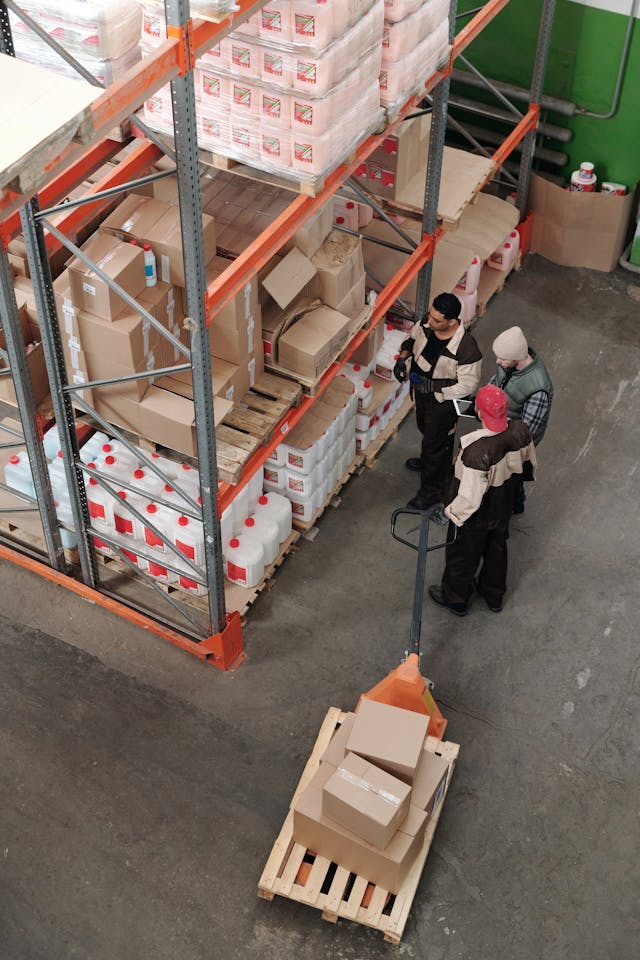Warehousing and Logistics
Streamlined Operations: Material handling jobs like picking, packaging, and palletizing can be automated with the use of automation services like robotic arms and automated guided vehicles (AGVs). As a result, warehouse operations are more efficiently run, less human work is required, and mistakes are reduced, increasing productivity.
Inventory Management: To automate inventory control procedures, automated inventory management systems make use of technology like RFID tagging, barcode scanning, and inventory tracking software. This improves inventory management by minimizing stockouts and overstocking and enabling real-time monitoring of inventory levels, precise stock counts, and prompt replenishment.
Order Fulfillment: By automating order processing, picking, and sorting processes, automation services offer faster and more accurate order fulfillment. Robotic pickers, sorting machines, and automated conveyor systems can handle high order volumes rapidly and effectively, cutting down on order processing times and raising customer satisfaction.
Optimised Warehousing Space: By storing inventory vertically and retrieving goods quickly and precisely, automated storage and retrieval systems (AS/RS) optimise warehouse space utilisation. This optimizes storage capacity and lowers storage costs by minimizing the requirement for surplus aisle space and enabling warehouses to store more product in less area.
Lower Labor Costs: Automation services lower labor costs by reducing the need for human labor for physically taxing and repetitive jobs. Warehouses can reallocate labor resources to higher-value operations that need human skill, including quality control and inventory management, by automating chores like order picking, packaging, and palletizing.
Increased Safety: By lowering the possibility of mishaps and injuries related to manual material handling duties, automation services increase workplace safety. Warehouses can reduce the risk of workplace injuries and provide a safer working environment for employees by implementing automated solutions, such as robotic arms and conveyor systems, to replace manual lifting and carrying.


